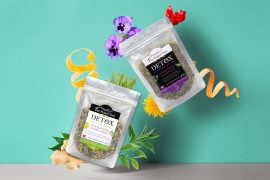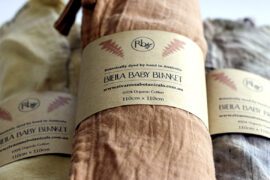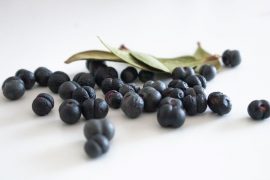By Danielle Vick
A bright red fleece jumper was one of the first items of clothing I bought when I started to identify as a nature lover. Back then, fleece was kind of thrilling, even for someone who wasn’t that into fashion. Often made from recycled plastic bottles, both the origin of my fleece and the style identified me as someone outdoorsy. And I embraced it.
To this day, fleece remains the ultimate nature-lover uniform. It’s soft, breathable, fast-drying, durable, and stays warm when wet. In fact, fleece is perfect for young kids. Forgiving, warm, but not too warm, cute, comfortable. When my daughter was young, I dressed her in fleece as often as I could.
But this fabric, one that has dominated my outerwear for decades, has recently been unearthed as containing a hidden sin.
Fleece is a synthetic fabric, mostly made from either recycled plastic bottles or polyester. Polyester fleece, otherwise known as polar fleece (so nearly all of my soft, beloved fleece jackets) uses almost 70 million barrels of oil a year, emitting toxic waste and nitrous oxide. Nitrous oxide is 300 times worse for the environment than carbon dioxide.
Unfortunately, the biggest damage my fleece does to the environment actually begins once I start wearing it.
Scientists have recently discovered that about 85% of shoreline debris around the world is microplastics.
Microplastics are a type of plastic smaller than one millimeter. They are easily and frequently mistaken as food by fish and other wildlife, and quickly make their way up the food chain.
Microplastics have been found in table salt in China, in Arctic and Antarctic ice, and in commercial fish and shellfish from California to Indonesia.
Starting in the early 2000s, researchers found that many of the microplastics were actually fibrous, from fabrics. Since then, scientists have discovered that microfibers from our clothes contribute about 35% of all the microplastics in the ocean.
So… what’s the connection between the soft fleece currently wrapped around my toddler and microplastics?











